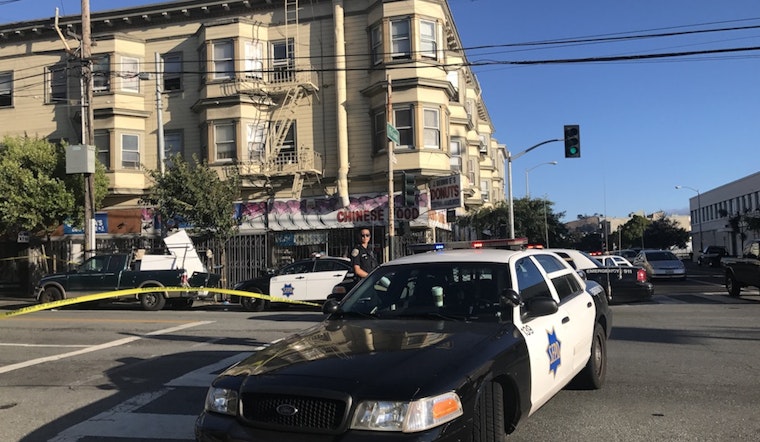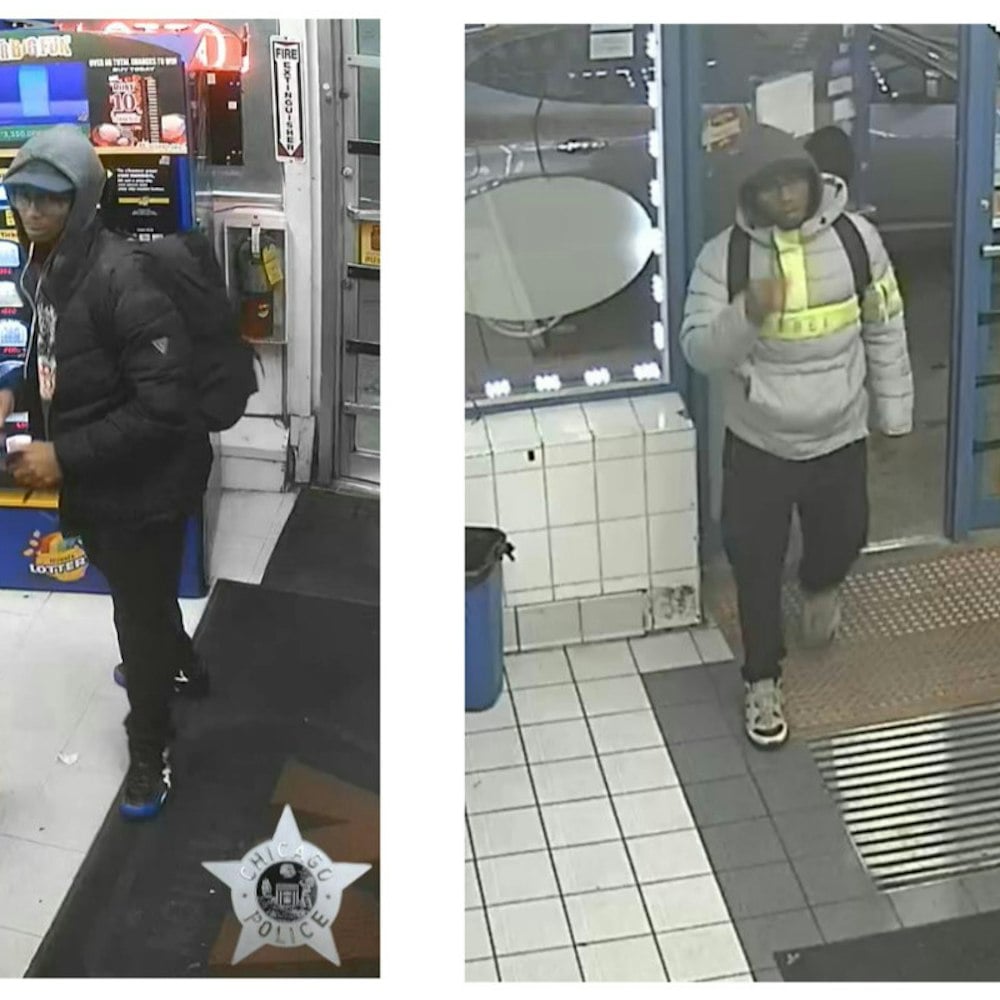
Readers frequently ask why we don’t include detailed descriptions of suspects in our neighborhood crime coverage.
Like other news organizations, we include a suspect's physical description if there's detailed and credible information that can help a reader identify someone. The overwhelming majority of police reports, however, contain only an estimate of a suspect’s age and race.
When police release detailed descriptions, surveillance photos, videos or sketches of criminal suspects, we share that information with readers. And in cases where a suspect or victim’s race is a factor, such as a hate crime, we’ll report that information as well.
Here’s an example of a SFPD crime report:
Call Type: Robbery
Date: 9/18/16
Time: 0726 hrs.
Case#: 160757315
Location: 700 blk. Taraval
District: Taraval
Suspect(s): HM 25-35
Suspect Vehicle: N/A
Weapon Type: N/A
Arrest: No
Victim(s): HM 55, Store
Injury: Redness in the chest, refused medical
Condition: Non-life threatening
Loss: Socks
M.O./Summary: S entered the store and socks in his shirt. V told the S to put the socks back and leave. S punched V in the chest and then fled.
Here’s how we reported the incident:
A 55-year-old man was punched in the chest by a 25 to 35-year-old man in a store on the 700 block of Taraval Street, after his assailant attempted to shoplift a pair of socks by putting them in his shirt. The victim refused medical attention.
A recent American Community Survey estimated that there are 105,463 men in San Francisco between the ages of 25 and 34, and that the city’s population is about 15 percent Hispanic or Latino.
As a result, "HM 25–35" describes more than 15,000 people, so including it in the story wouldn’t have been helpful.
This is a long-standing practice; in 2000, The Chronicle ran an editorial noting that racial descriptions “did nothing to advance the search for the suspect and everything to advance stereotypes about race.”
Because it’s difficult to determine a suspect’s race, “it is most likely smarter to leave it out, especially when you are making the information public,” said SFPD Captain John Sanford, who manages Park Station.
“I do not believe there is any empirical evidence that suggests if the public knows the race of an actual suspect, it increases the chances of taking that suspect into custody,” he told Hoodline via email.
Additionally, if police spread inaccurate information, it “could be challenged in court," he said.
“I encourage the community to always be on the lookout for suspicious and/or criminal activity and report that information immediately,” he added. “To me, this appears to be the best method, so we do not inappropriately profile anyone.”
If you have questions or feedback about this editorial policy, let us know in the comments, or send a note to [email protected].









